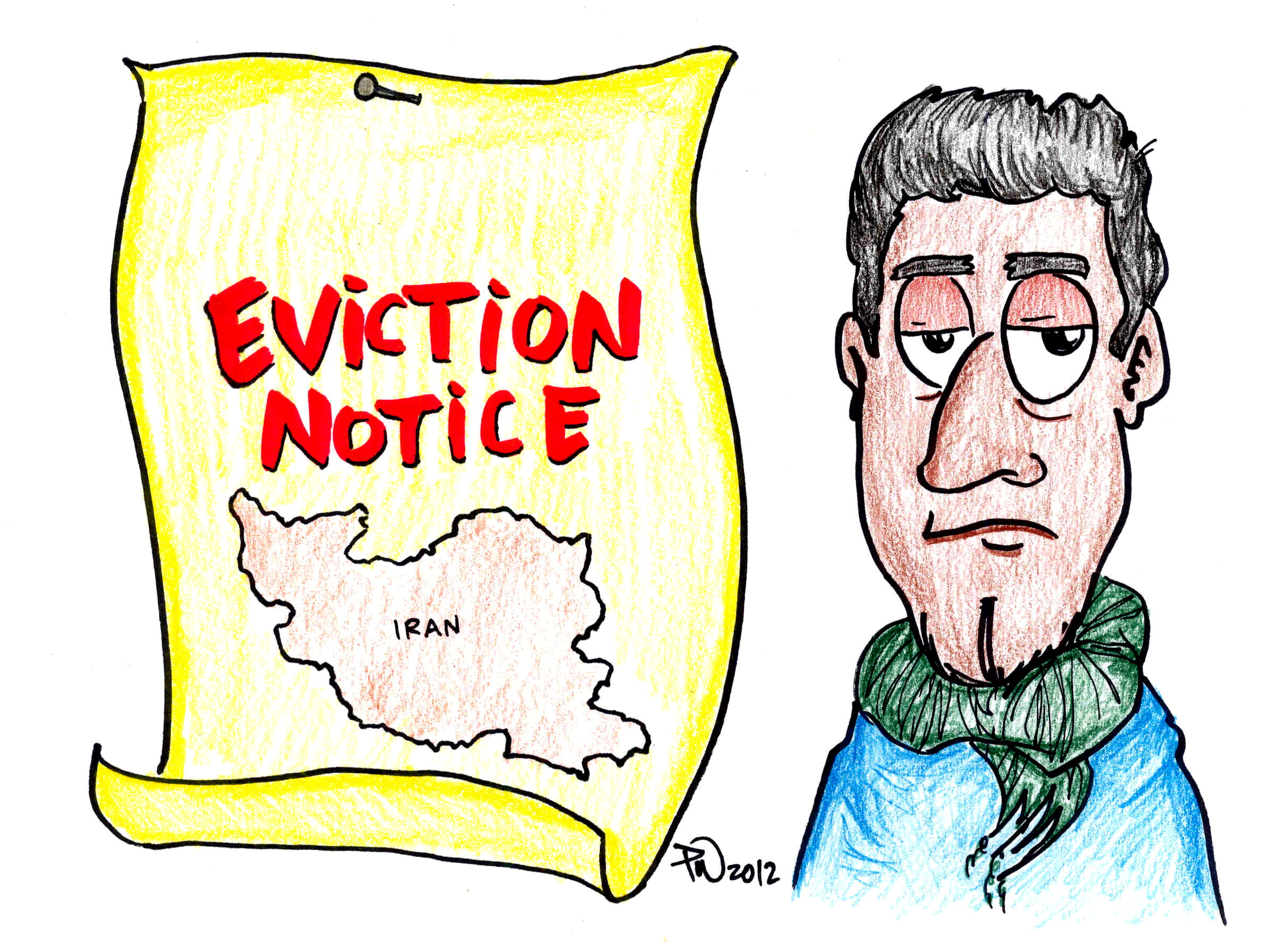
A week ago, the Canadian government made the decision to close their embassy in Tehran, Iran, as well as the Iranian Embassy in Ottawa, giving Iranian diplomats five days to leave the country. The decision came as a shock to most, even though tensions with Iran have been increasing for years over various controversial issues.
Foreign Affairs Minister John Baird has provided a laundry list of reasons behind the sudden closure, including safety, foreign policy and nuclear proliferation. He has stated that Iran is “the most significant threat to global peace and security in the world today.”
While the decision was did appear rash, it is understandable that the Canadian government would find it difficult to maintain a diplomatic presence in Iran.
Despite all this, Canada’s decision to close its embassy in Tehran was unnecessary. The Canadian Embassy in Iran has survived much worse in the past years and to close it now seems hasty and ill-timed.
Canada’s history with Iran is both tense and inconsistent. This is not the first time the Canadian Embassy closed its doors in Tehran. After providing refuge to six American consular personnel after the 1979 Islamic Revolution, the embassy closed for eight years, but then reopened. Then, in 2003, after Iranian-Canadian freelance photographer Zahra Kazemi died under mysterious circumstances in an Iranian prison, the embassy remained open. It still functioned while Prime Minister Paul Martin condemned Iranian President Mahmoud Ahmadinejad for his public anti-Semitic remarks. While relations were strained, the embassy remained open.
It’s easy to justify such an extreme decision after looking at the actions of a country dominated by extremists—one with a recorded 360 executions in 2011.
Nevertheless, it is more difficult to justify placing more tension on an already weakened international relationship.
While many of the reasons provided by Baird are unsettling, they do not strike one as active enough to justify such a hostile move. If the alleged murder of a Canadian-Iranian citizen was not enough to cut ties, what is going on presently to justify such a sudden move?
An embassy is supposed to be an institution which exists to aid citizens with their visas, passports and sometimes their safety. While the Canadian diplomats who were whisked out of Tehran the day of the closure are safe on home soil, what about those Canadians facing death sentences in Iran at this very moment? There are currently two Iranian-Canadians facing death sentences in Iran and Prime Minister Stephen Harper has promised to continue to work for their safety through other countries.
One of these victims is Hamid Ghassemi-Shall, who was accused of espionage by the Iranian government in 2008 when visiting his mother. Despite Canada saying that “Hamid’s case remained important for Canada and they would be advocating for him through other countries,” his wife, Antonella Mega, is worried.
“Personally I can’t help but think how that will play out in the sense that, since Canada has closed communications with Iran, I’m not sure how Iran will see the case going forward,” she told CTV news.
Aside from the individual citizens who can no longer benefit from the services of an embassy, choosing to sever ties with another country, one who could be seen as threat somewhere down the line, is highly unwise. Canada should have taken more precautionary steps, such as increasing security at the embassy and making more of an effort to communicate with the Iranian government, instead of shutting down their presence completely. Whatever the case may be internationally, tensions between the two countries will certainly be on the rise as of now.




